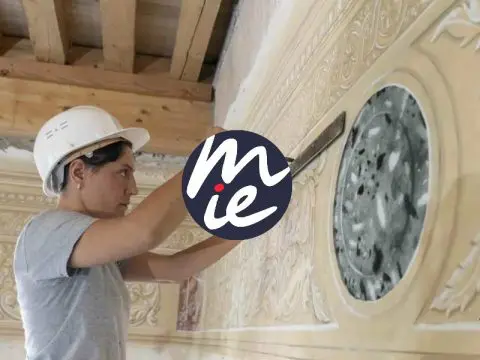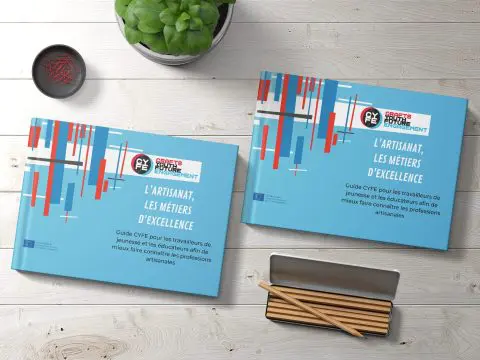Visit of Musée Charlier – Step n. 15. Look at the corners of the walls and on the ceiling and admire the stucco ornaments. Some are marked to authenticate and categorise them.The work of the plasterer is either aesthetic (mouldings, false ceilings, etc.) or practical (thermal and acoustic improvements, etc.).
In the workshop and later on construction sites, he uses a blend of plaster, staff, or stucco, a finish that resembles marble and stone. It is often manufactured from a mixture of calcium hydroxide (seasoned slaked lime) and occasionally marble powder, which, once it has dried, changes into calcium carbonate.It is used in construction to provide rough surfaces like concrete, wood, or metal a more appealing appearance. To replicate marble surfaces, polished stucco, often known as “Roman stucco,” is utilised with different colours. Stucco that has been combined with adhesives and resins is also used to smooth plasterboard or coated plaster walls or to link two architectural pieces together.

Stucco is typically a gypsum-based material that is applied to walls to cover over holes, fissures, and other flaws. It has the advantage of being easily moldable and, after drying, sandable and paintable. Building supply stores frequently carry materials made entirely of gypsum, or “scagliola,” as they are referred to in the industry. Some mixtures are used for decorations that are exposed to the elements. Certain mixtures (mostly those based on gypsum) are ideal for interior use since they do not tolerate dampness. Moreover, statues and three-dimensional figures can be made out of stucco. In palaces and cathedrals, stucco was extensively used to construct overlays, cornices between walls and ceilings, and to delineate spaces. Also, it made it possible to add a third dimension to trompe l’oeil and bas-relief paintings.
Would you like to know more about stucco restoration? Check out Michel Ciselet’s works. His experience in plastering and modelling ornaments on walls and ceilings will provide you with the knowledge and abilities needed to appreciate such ornaments.
STUCCO CRAFTS TODAY









